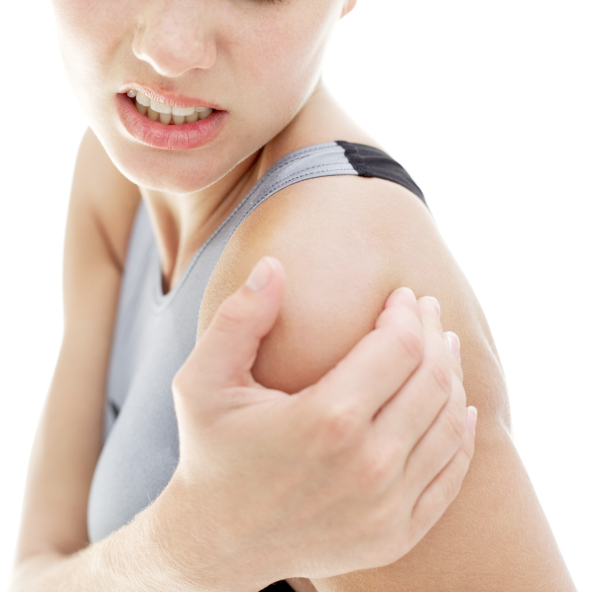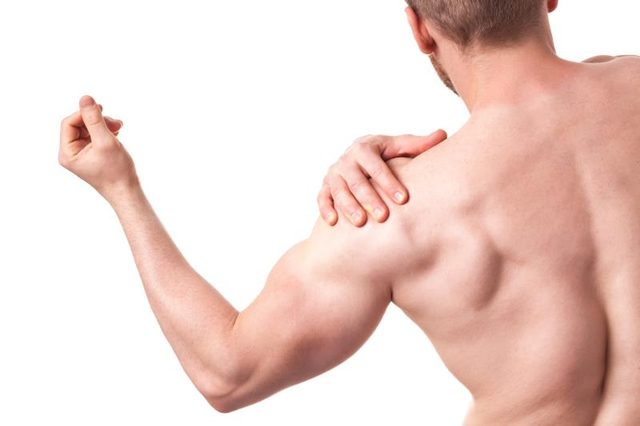The rotator cuff consists of four muscles that stabilize the shoulder which allows it to move. If the head of the arm bone is thought of as a ball; the rotator cuff is like a sleeve that holds it and lets it spin (without falling off the bone). When the rotator cuff muscles swell due to injury, strain or disease, it causes pain.

Physiotherapy is a well-known practice in health industry to assist patients with pain management as well as return of mobility through manual manipulation and exercise. Physiotherapy has been practiced in the UK and the USA since the early 1800’s, and is highly effective and respected.
Physiotherapy such as the practices in Cambridge, advise patients to utilize a series of exercises that not only restore movement after a rotator cuff injury, but also reduce swelling and promote healing.

Doorway Stretch
The patient stands in an open doorway and warms the muscles by spreading the arms out to the side. The each hand should grip the doorway at shoulder level. Simply leaning forward from this position allows a light stretching of the muscles. Keeping the back straight the patient gently shifts weight to the toes. This prepares the muscles for therapy and exercise. The stretch should be repeated ten times. This should be done before each series of the rotator cuff exercises from Physio Cambridge.
Side External Rotation
The patient lies on the floor on the opposite side of the injured arm. The injured arm should be bent at a 90 degree angle with the elbow resting on the side. The forearm should rest across the stomach. Holding a light-weight dumbbell (or a wrist weight or a can of soup) the hand is slowly raised toward the ceiling until the strain is felt. The weight is held for five seconds and then lowered to the original position. The exercise should be repeated ten times and repetitions increased as healing permits. This is a very effective maneuver and it can be repeated three times a day.
Reverse Flying
Patients stand with feet shoulder-width apart. The knees should be bent slightly. The back must remain straight with the body bent forward slightly. With a light-weight dumbbell in each hand (can substitute wrist weights or cans of soup) the arms are extended and raised away from the body. This resembles a bird slowly flapping its wings. As the arms are raised the shoulder blades are squeezed together. The arms are not raised above shoulder height. The arms are then lowered to the original stance. This exercise is repeated ten times and should be done three times per day.
Lawnmower Pull
While standing with feet shoulder-width apart, one end of a resistance band is placed under the foot opposite of the injured shoulder. The other end of the resistance band is gripped in the hand of the injured arm. (The band crosses the body.) The patient slightly bends the knees and at the waist. The patient then straightens the body to an upright position while pulling the elbow across the body. This resembles the movements made when a lawnmower is being started. The shoulders should be relaxed and the shoulder blades gently squeezed together as the exercise is repeated ten times. This maneuver can be done three times per day.
These exercises strengthen the muscles and improve the mobility of the rotator cuff. For more serious injury, a Physiotherapist may include other forms of physical therapy as well as the use of ice or heat and manual manipulation to further restore quality of life and reduce pain. It is important to not over strain the muscles while performing these exercises.

